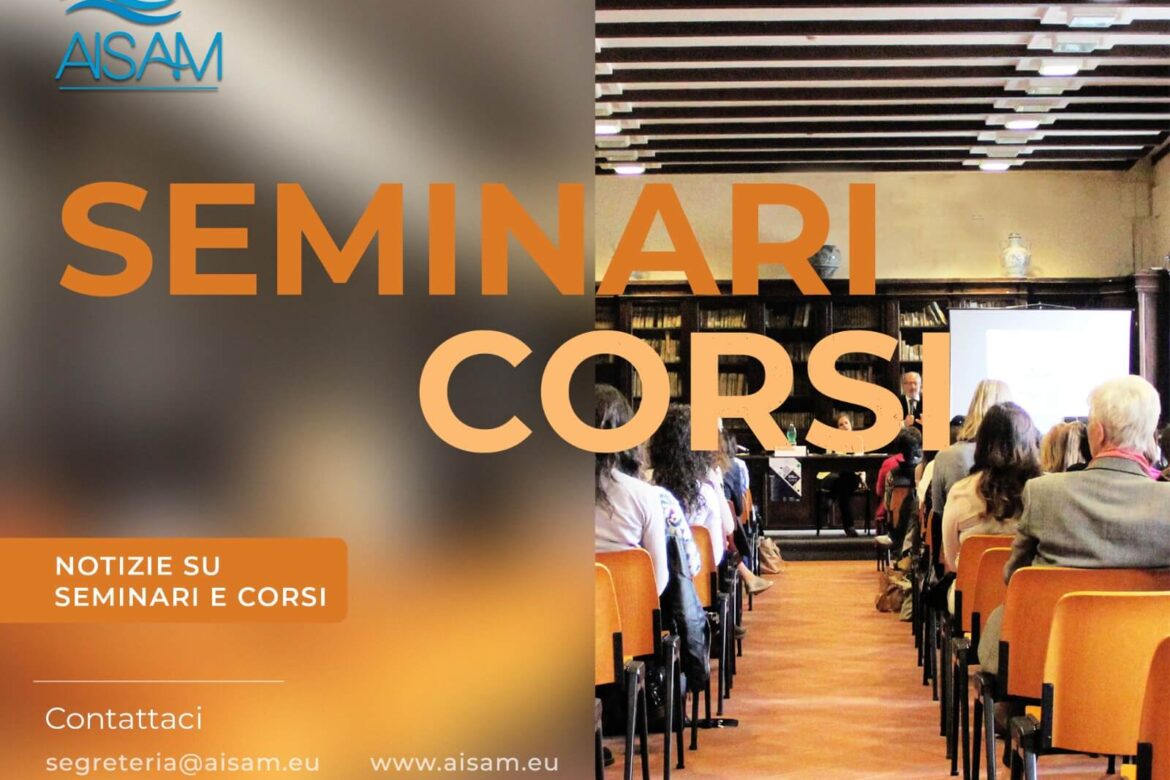
Per la serie di seminari in meteorologia ambientale dell’Università di Trento, Giovedì 30 novembre alle ore 14:30, i dott. Karl Lapo e Lena Pfister, assegnisti di ricerca presso il Department of Atmospheric and Cryospheric Sciences (ACINN) dell’Università di Innsbruck, terranno il seminario dal titolo: Distributed Temperature Sensing of the Boundary Layer: How to go beyond pretty pictures and case studies.
Il seminario si terrà in presenza presso la lecture room 1P (first floor) – DICAM – dell’Università di Trento, in via Masiano 77 ed in streaming su Zoom al seguente link: https://unitn.zoom.us/j/86099549931 (Meeting ID: 860 9954 9931, Passcode: 660876).
Si riporta l’abstract del seminario e la biografia dei dott. Lapo e Pfister.
Abstract We go over the history of Distributed Temperature Sensing (DTS) in the boundary layer, specifically looking at the connection between experimental design and hypothesis testing. A general problem for boundary layer studies becomes apparent: we lack conceptual and mathematical frameworks for the analysis of complex geospatial data. The lack of framework is a general limitation in applied mathematics: our tools are suited for analysis in time or in space, but not both simultaneously. In other words we lack the tools for robust spatiotemporal analysis. We show how to break through this analytical logjam through hypothesis driven machine learning techniques. Using this we reveal fundamental features of the boundary layer which largely evaded prior detection. The dominant shape of the stable boundary layer is sublayered, with profound impacts on similarity theory. Additionally, we developed a breakthrough in applied mathematics, building a method specifically tailored to the types of data commonly found in boundary layer studies. We briefly highlight this method with the first ever analysis of non-monochromatic gravity waves. We connect the resolved features from this applied mathematics method to the concept of a field experiment's resolvable scales. In doing so we highlight how the combination of both novel observations and methods is necessary to close the observational gaps of the boundary layer. BioKarl Eric Lapo is a Senior Postdoc at the University of Innsbruck, Department of Atmospheric and Cryospheric Sciences since 2022 on ESPRIT grant. He got a PhD in atmospheric sciences at the University of Washington in 2017. He developed cutting-edge analytic techniques for complex geospatial data is an expert in Distributed Temperature Sensing (DTS). He also developed the DTS distributed wind direction method, characterized for the first time thermal submeso fronts, and characterized the missing scales of boundary layer observations, e.g. for gravity waves and morning transitions. PhD investigated surface-atmosphere energy exchange in regions of complex terrain using underutilized observations. Lena Pfister is a PostDoc in the Atmospheric Dynamics Group, Atmospheric and Cryospheric Sciences, University of Innsbruck since 2021. She works on near-surface boundary layer, MOST, managing the measurement network i-Box, and was Co-manager of the TEAMx-PC22 (TEAMx pre-campaign in 2022). She got a PhD in Micrometeorology with a thesis on "Improving our understanding of the atmospheric weak wind boundary layer using spatially explicit observations near the ground surface" at the University of Bayreuth, Germany
